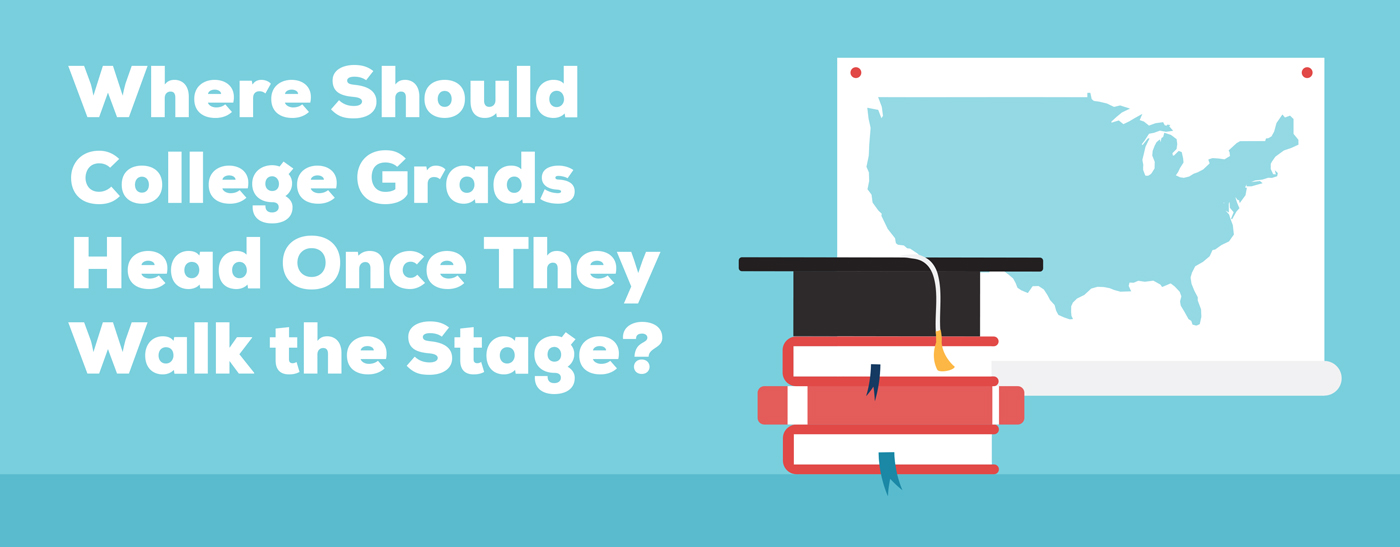Woodward Academy is the largest independent school in the continental United States. It offers a full-range of…
Learning without Borders
Education is no longer confined within the walls of a classroom. Thanks to e-learning, it’s now possible for students to get a college degree in some academic areas without having to set foot inside a campus building.
Outgrowth of distance education
E-learning is generally defined as any kind of learning that is provided through the digital technology used by computers. While the capabilities and methods used in e-learning are new, in some ways e-learning is a natural outgrowth of distance education that dates back to at least the early 18th century. With distance education, course materials were sent to students through the mail.
Advances in computer and communications technology have enabled e-learning to flourish — faster processors, higher memory and storage capabilities and high-speed Internet connections. These developments have in turn made software improvements possible. Learners with a modern computer and high-speed Internet connection can perform tasks that would have seemed incredible just a few years ago.
Teaching methods adapt
Technological advances have also improved the capabilities of online teaching. For example, foreign language students in the 1990’s and 2000’s could watch video tapes of a speaker and try to reproduce the language. Today, students can interact online or talk to an instructor thousands of miles away and gain immediate feedback. In addition, the modern language course may provide images and videos of cultural sites in a country to create a much more complete learning environment.
E-learning doesn’t necessarily require sitting at a desktop computer either. Wireless devices like tablets and notebooks can be used to download materials from the Web. Learning is also portable. A teacher can record a lecture that his or her students can listen to on an iPod. Users of other media players have similar options.
In the early days of e-learning, computers were used mainly to duplicate what went on in the traditional classroom. For example, teachers might post their lecture notes on a web site for students to print out. Today the capabilities of digital technology allow a much more creative approach. The modern e-learning experience fosters collaboration among students and is packed with media like sound and video.
Students who grew up spending at least some of their time playing computer games expect to learn through doing. Many handson activities that had been performed only in laboratories are now available in online courses. Virtual labs, often in the form of Adobe Flash applications, can give students access to equipment that might not otherwise be available. Software can also be used to simulate processes that would be impossible to present any other way, such as a virtual nuclear power plant that puts students in the role of a plant operator.




